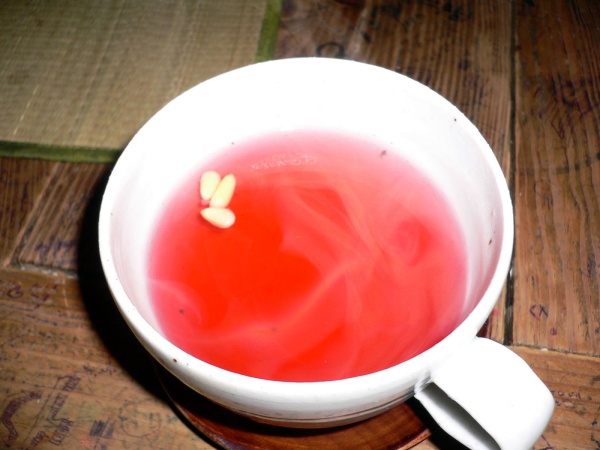Facts About Korean tea
Korean tea is a revered traditional beverage in South Korea, crafted by infusing boiling water with a variety of ingredients such as leaves, roots, flowers, fruits, grains, mushrooms, or seaweed. Its history dates back to ancient times, with Queen Heo Hwang-ok credited with introducing tea plants from India. The tea culture in Korea developed further under the influence of Chinese tea practices brought by Buddhist monks, which led to the organized cultivation of tea bushes. Throughout various dynasties, such as Goryeo and Joseon, tea played an essential role in ceremonies, rituals, and daily life, often being used in offerings to ancestors and other rites.
Today, while coffee has become more popular in South Korea, a wide array of teas is still enjoyed, including grain teas, herbal teas, and fruit teas, served both hot and cold. Korean tea varieties are diverse, ranging from those made from the Camellia sinensis plant to flower teas, fruit teas, grain, bean, and seed teas, root, shoot, and bark teas, as well as various unique blends. Some notable types of Korean tea include Nokcha (green tea), Hwangcha (yellow tea), Hongcha (red tea), Tteokcha (cake tea), and Doncha (brick tea).
Korean tea culture boasts a rich history and a broad spectrum of flavors, offering something for every palate. This diversity not only highlights the unique culinary traditions of South Korea but also its cultural heritage.

 North Korea
North Korea